Alejandro de Tomaso sold the Carrozzeria Ghia coachbuilding and design firm to Ford in 1970, and not many years passed before Ford dealers around the world were selling Ghia-ized cars to the masses. Yes, everything from the Fiesta to the Granada (both the American and European varieties) got Ghia badges and touches of Italian-influenced luxury and style. The Mustang II wasn't left out of the Ghia party, of course, and I have found this option-stuffed '77 Mustang Ghia in a Denver self-service yard.

According to the build sticker and buck tag, this car is a Ghia Hardtop, built at the storied River Rouge plant (now known as the Dearborn Truck Plant) and sold out of Denver. The paint is Light Aqua Metallic and the vinyl half-roof (now scraped off) was Aqua as well.
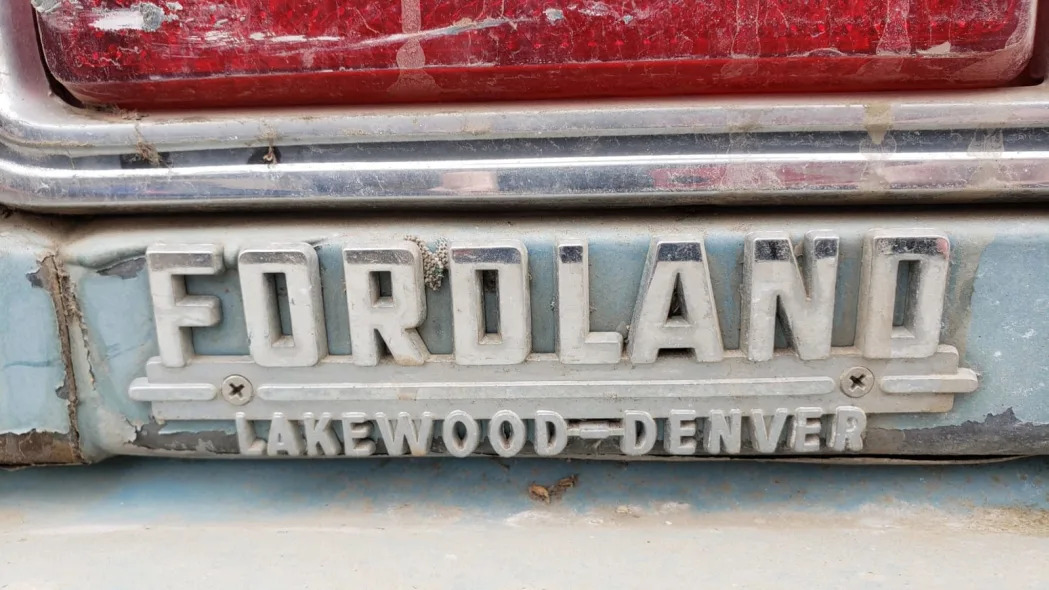
Yes, this is a car that was shipped straight from Dearborn to Denver, after which it was sold at Fordland on 6th Avenue in Lakewood (now the site of Larry H. Miller Ford). That means that this Mustang will be crushed within a few miles of the spots where it was unloaded from a train and sold new nearly a half-century back. Did it spend any time living outside of this area? We'll never know.
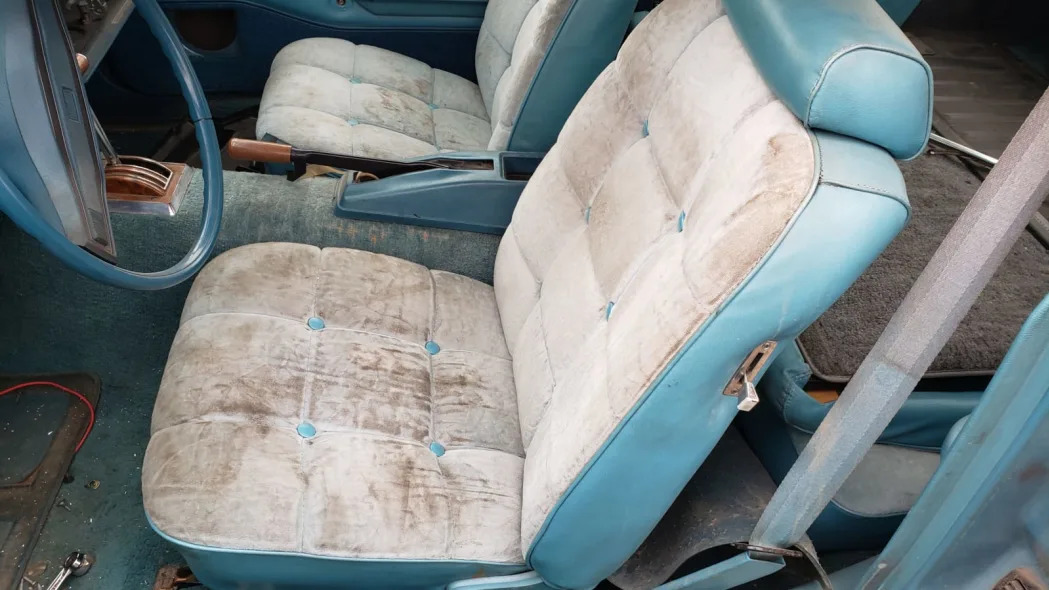
The interior is done up in Aqua Media cloth and Corinthian Vinyl, and it appears that Ford was using the term "Corinthian" for upholstery long before Chrysler famously did so with the Cordoba.

The original buyer of this car didn't cut corners in the options department. The base engine in 1977 was a Pinto four-cylinder rated at 89 horsepower, with the 93-horse Cologne V6 out of the Capri as the first step up. This car, however, has the big 302-cubic-inch (5.0-liter) Windsor V8, which made a mighty 139 horsepower. The price tag on this engine added $294 to the cost of a $4,096 car (that's about $1,390 and $19,365 today).

A four-on-the-floor manual transmission came standard; if you wanted the three-speed SelectShift automatic, it cost you $248 (about $1,173 in 2021 dollars).
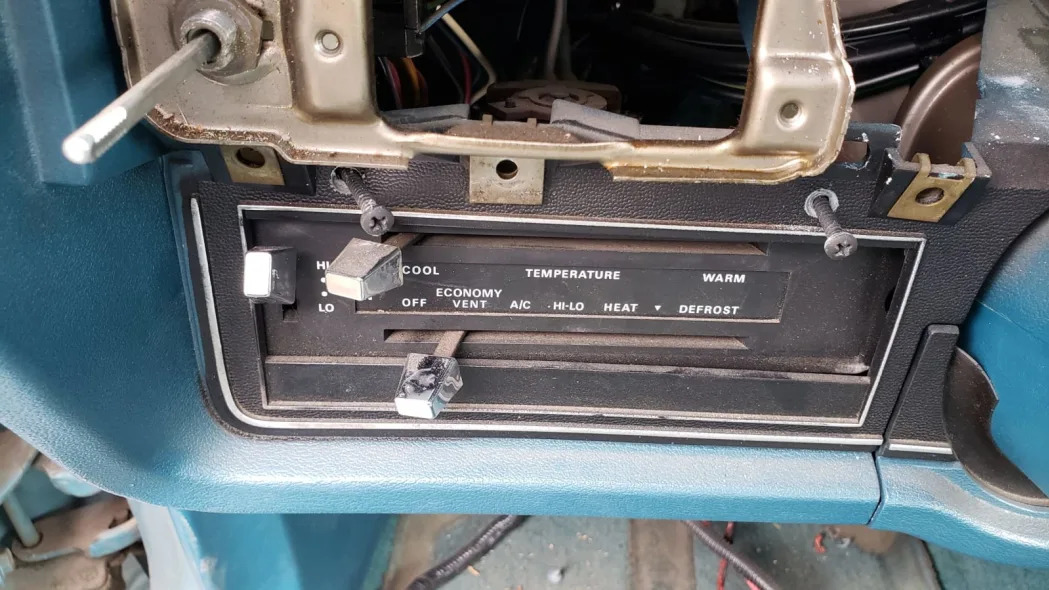
The real big-ticket purchase on a '77 Mustang was the air conditioning, a very costly luxury item during the Early Malaise Era. The salesmen at Fordland extracted 443 bucks (around $2,095 now) for the refrigerated air in this car.
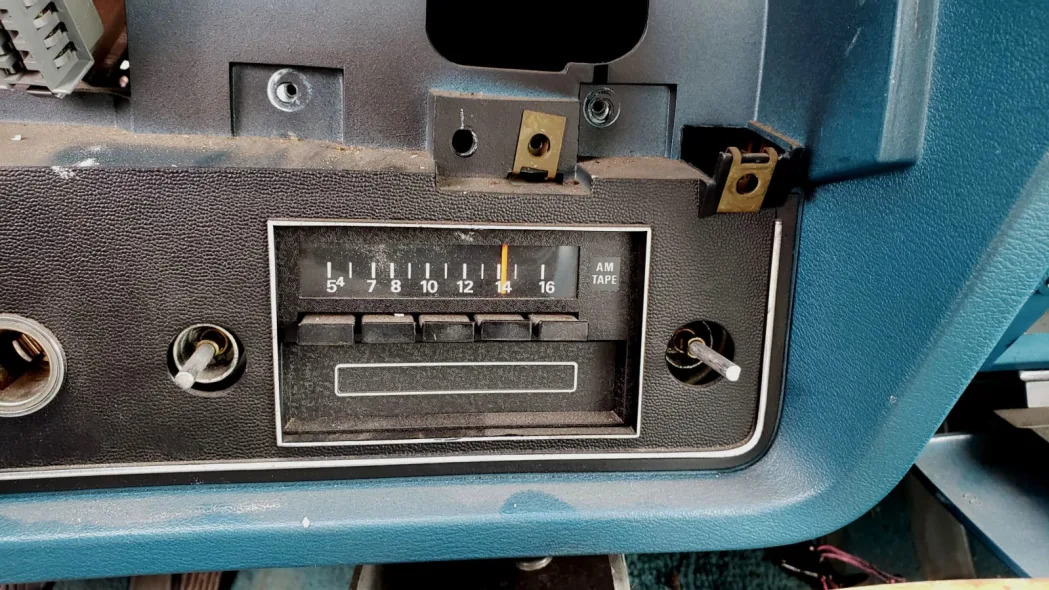
Yes, it was possible to get an AM radio with 8-track tape player back in those dark days of car audio, and that's just what this car has. The cost: $192 ($908 after inflation).
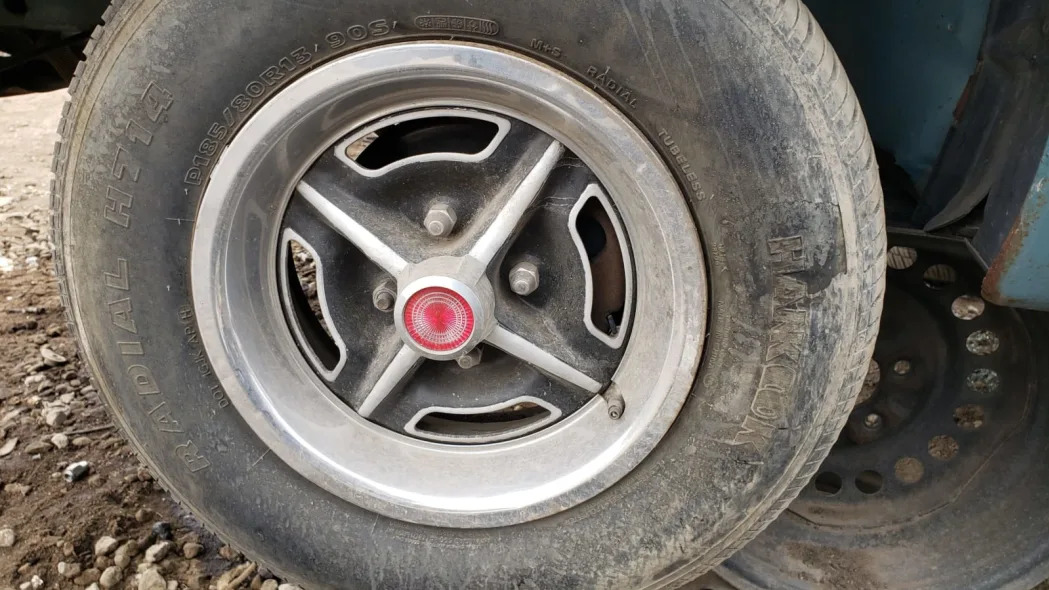
Add the Mach I "styled steel wheels with trim rings" and all the other goodies and you can see that the options on this car probably added 50% to the out-the-door cost, once the original buyer signed on the line which is dotted. That's how car-buying was, for the most part, in 1977 America.
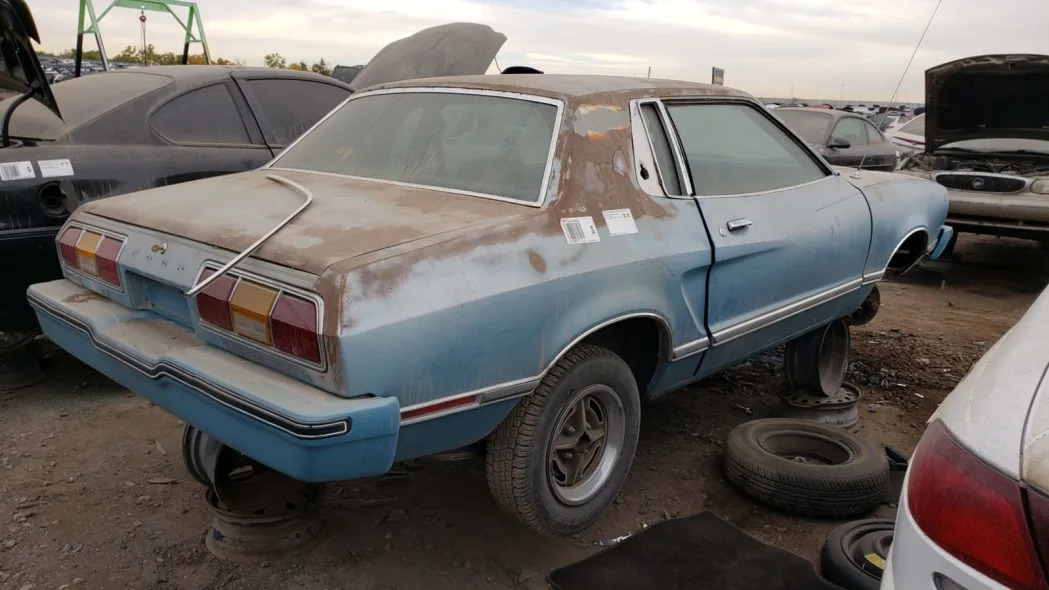
The Mustang II was based on the Pinto, making it lightweight and fuel-efficient compared to the portly Mustangs of the early 1970s, and Ford sold more than a million of these cars during their 1974-1978 sales run. 43 years after the final Mustang II rolled off the line, I still find many of these cars in big self-service yards. In fact, it's easier to find Mustang IIs in the big yards than it is to find junked Fox Mustangs today.
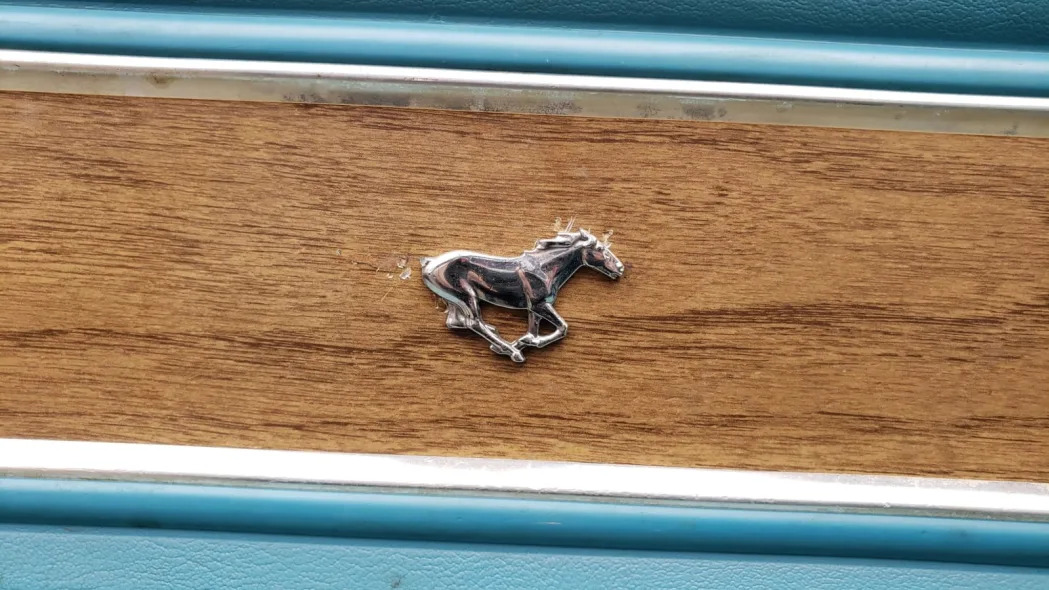
It's a lot easier to make a Fox go fast than a Mustang II, which explains part of the reason so many Mustang IIs are allowed to face The Crusher, but the Mustang II's real image problem comes from its Pinto bloodline. While plenty of enthusiasts love these cars, they aren't numerous enough to save every neglected Mustang II from doom.

As a final indignity, hot-rodders no longer seek out the front suspension components from V8-equipped Mustang IIs for their projects. A few decades ago, this stuff would have been yanked within minutes of the car's appearance in a boneyard's inventory … but nowadays you can buy aftermarket reproduction kits that look better under your gow job.
By 1977 standards, the Mustang II was indeed a sweet-handling car.
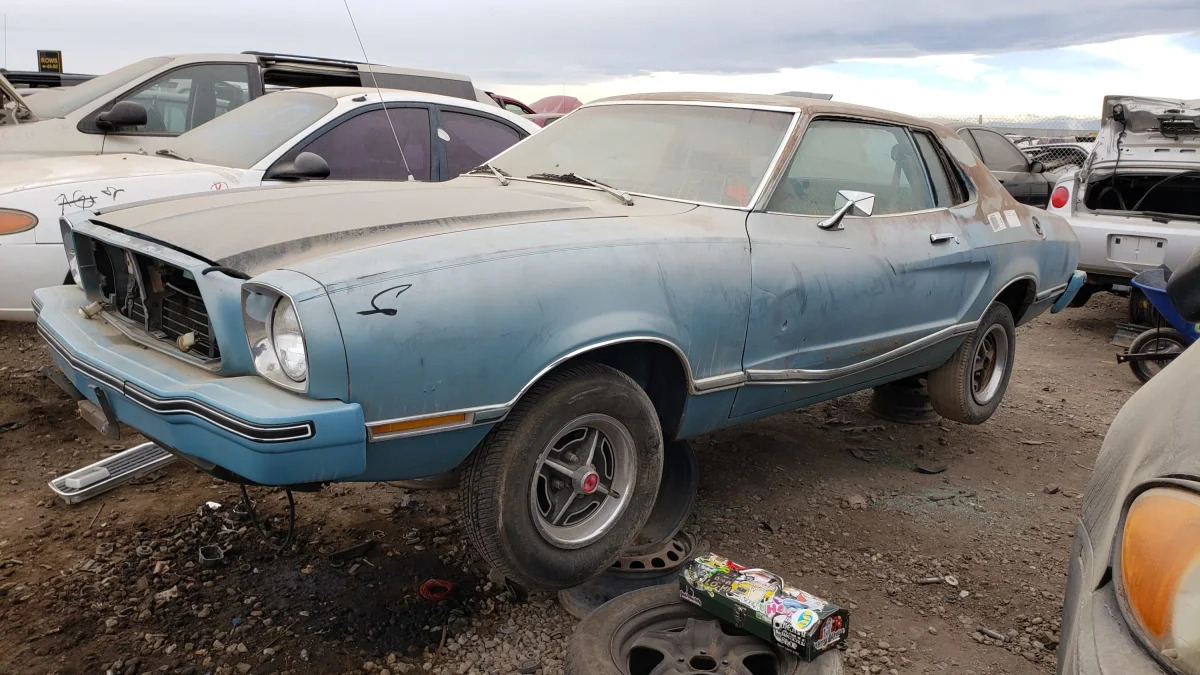









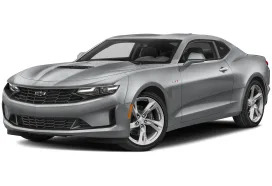
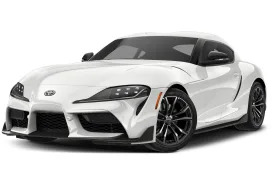

Sign in to post
Please sign in to leave a comment.
Continue